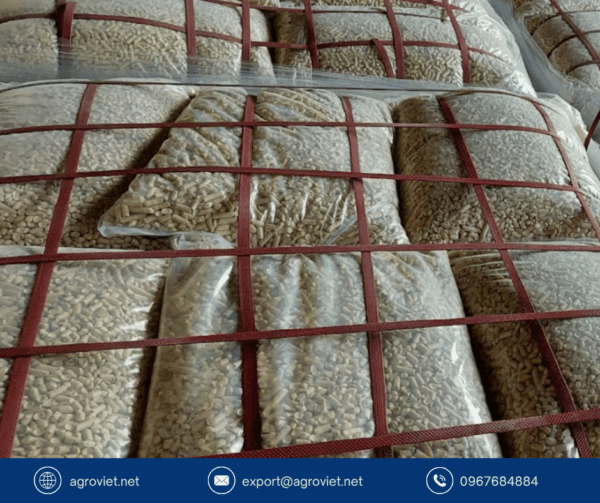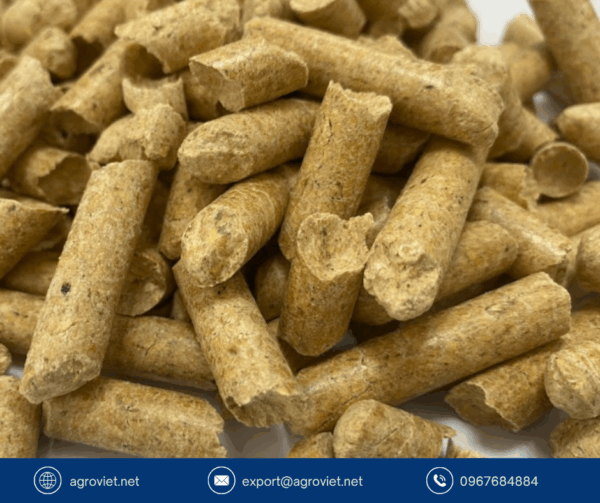MAINTAINING PINE WOOD PELLET CAT LITTER: TIPS FOR LONG-TERM USE
If you’ve made the switch to pine wood pellets for your cat litter, you’re already on the path to a more sustainable, cost-effective, and odor-free litter solution. However, like any litter type, pine wood pellets require proper maintenance to ensure they remain efficient and long-lasting. In this article, we’ll guide you through practical tips and best practices for maintaining pine wood pellet cat litter to help maximize its performance and keep your cat happy.
Table of Contents
Toggle1. Start with a Clean, Well-Prepared Litter Box
The foundation for maintaining pine wood pellets starts with the right setup. Begin by ensuring your litter box is thoroughly cleaned before switching to pine wood pellets. Scrub the box with mild soap and water, ensuring all residue from previous litter is removed. Dry the box completely before adding the new pellets to prevent premature breakdown.
- Tip: Choose a litter box with higher sides to reduce tracking and keep sawdust contained within the box.
2. Add the Right Amount of Pine Wood Pellets
To maintain pine wood pellets effectively, you need to add the appropriate amount of pellets to the litter box. While the exact amount can vary depending on the size of your cat and the size of your litter box, a general rule is to start with a layer of pine wood pellets that is about 1-2 inches deep.
Adding too much or too little can impact the effectiveness of the pellets in moisture absorption and odor control.
- Tip: A depth of 1-2 inches allows for enough pellets to absorb moisture efficiently while leaving enough room for the sawdust to settle at the bottom of the box.
3. Regularly Scoop Out the Soiled Sawdust
One of the main advantages of pine wood pellets is their ability to absorb moisture and break down into sawdust. To maintain cleanliness and prevent unpleasant odors, it’s crucial to regularly remove the soiled sawdust. When your cat uses the litter box, the pellets will absorb the urine and turn into sawdust. You should scoop out this soiled sawdust every day to maintain a fresh litter environment.
- Tip: Use a scoop with larger holes to separate the intact pellets from the sawdust. This allows you to remove only the soiled material while leaving the fresh pellets behind.
4. Stir the Pellets Daily to Extend Their Lifespan
In addition to scooping out the soiled sawdust, stirring the remaining pine wood pellets daily can help extend their lifespan. Stirring helps distribute the moisture evenly across the pellets, allowing them to absorb more before breaking down completely.
This simple step can help reduce the frequency with which you need to replace the entire contents of the litter box, making pine wood pellets more cost-effective.
- Tip: Use a scooper or your hand (with a glove) to gently mix the pellets every day. Focus on distributing the intact pellets to the areas where your cat frequently urinates.
5. Replace All Pellets Periodically
Even with regular maintenance, there will come a time when all the pellets need to be replaced. How often you need to do this depends on the number of cats you have, the size of the litter box, and how frequently your cat uses it. Typically, a full replacement of pine wood pellets should occur every 2-3 weeks to ensure optimal odor control and hygiene.
When replacing the pellets, be sure to clean the litter box again before adding fresh pellets to maintain a clean and bacteria-free environment.
- Tip: Mark your calendar or set reminders to replace the entire litter box regularly, ensuring you always provide your cat with a fresh, clean environment.
6. Control Dust and Tracking
Although pine wood pellets are generally low-dust, the sawdust that results from broken-down pellets can still be tracked outside the litter box. To minimize tracking and maintain a clean area around the box, consider placing a mat under and around the litter box to catch any stray sawdust.
Keeping the litter box in a designated area and regularly cleaning the surrounding area will help reduce the spread of sawdust throughout your home.
- Tip: Vacuum or sweep around the litter box area daily to maintain cleanliness and prevent sawdust from spreading.
7. Monitor Odor and Adjust as Needed
If you notice an increase in odor, it could indicate that the pine wood pellets have absorbed as much moisture as they can, and it’s time to replace them. Although pine wood pellets are effective at neutralizing odors, especially from ammonia in cat urine, regular monitoring of the litter box is essential to ensure your home remains fresh-smelling.
Make adjustments to your cleaning routine or replace the pellets more frequently if you find that odors are becoming more noticeable.
- Tip: Adding baking soda to the bottom of the litter box can further help with odor control while being safe for your cat.
8. Eco-Friendly Disposal of Pine Wood Pellets
Since pine wood pellets are biodegradable, disposing of them can be an eco-friendly process. If your pellets are free of harmful chemicals or additives, they can sometimes be composted, though you should consult local composting guidelines before doing so. Alternatively, they can be disposed of in the trash, as they will naturally break down in landfills.
- Tip: If you decide to compost, be sure to use the sawdust in non-food compost, as animal waste should not be used on edible plants.
9. Consider Multi-Cat Adjustments
If you have multiple cats, you may need to adjust your pine wood pellet maintenance routine. Multi-cat households tend to have more frequent litter box use, which means the pellets may break down faster, and odors could build up more quickly. In this case, it’s advisable to clean and replace the pellets more often and potentially have multiple litter boxes to accommodate the higher usage.
- Tip: A general guideline is to have one more litter box than the number of cats in your household to maintain optimal cleanliness.
Conclusion
Maintaining pine wood pellet cat litter is a relatively straightforward process that, when done correctly, can provide long-lasting odor control, moisture absorption, and a healthier environment for your cat. By following these tips, you’ll ensure that your pine wood pellet litter box remains clean, fresh, and eco-friendly for the long term.
From daily scooping to full replacements, staying on top of your pine wood pellet litter maintenance will make both you and your cat happier. So if you’re looking for a natural, sustainable litter option that’s easy to maintain and offers great performance, pine wood pellets are the way to go.
Read more: https://vietnambestwood.com/general/pine-wood-shavings-for-poultry/
